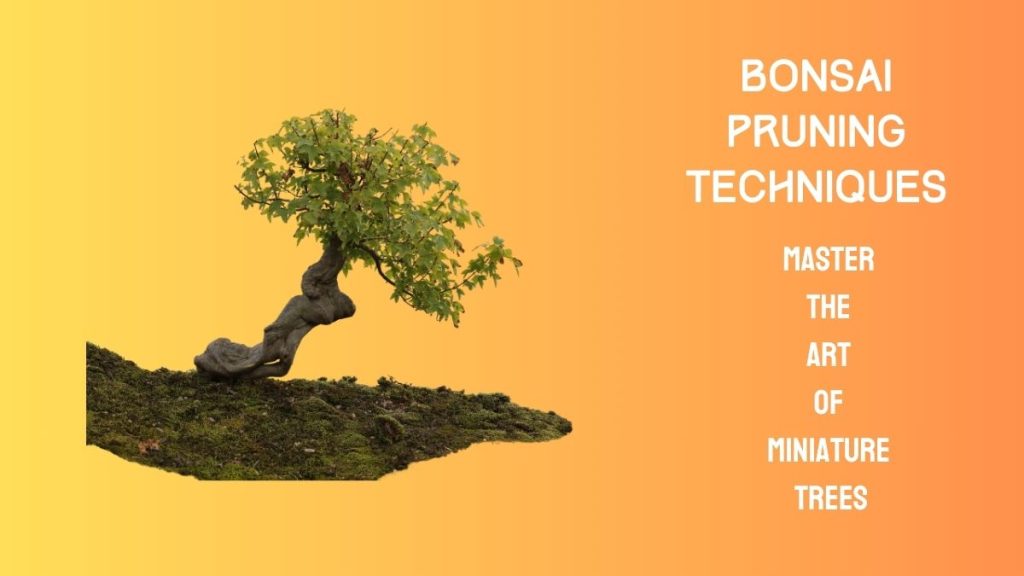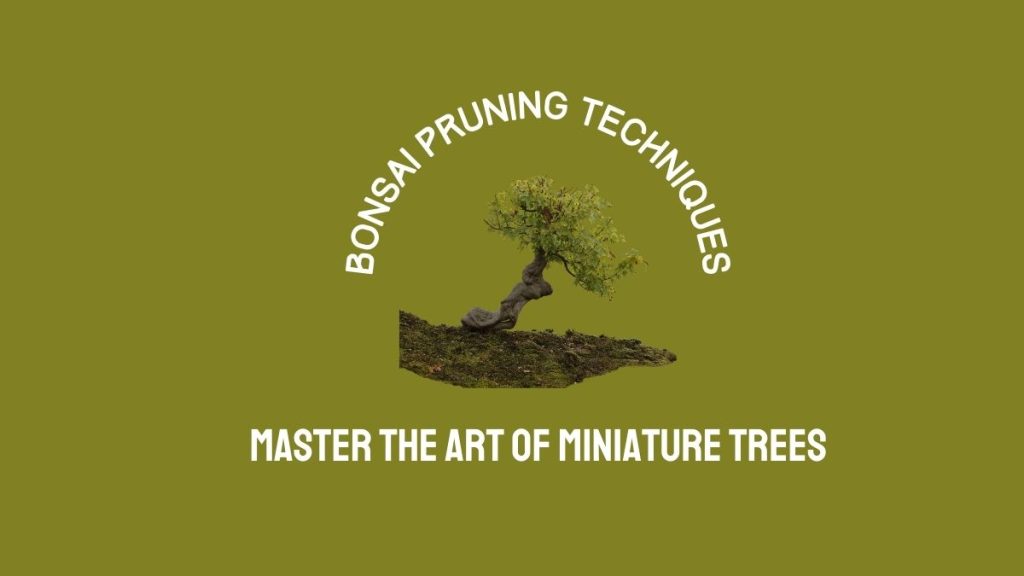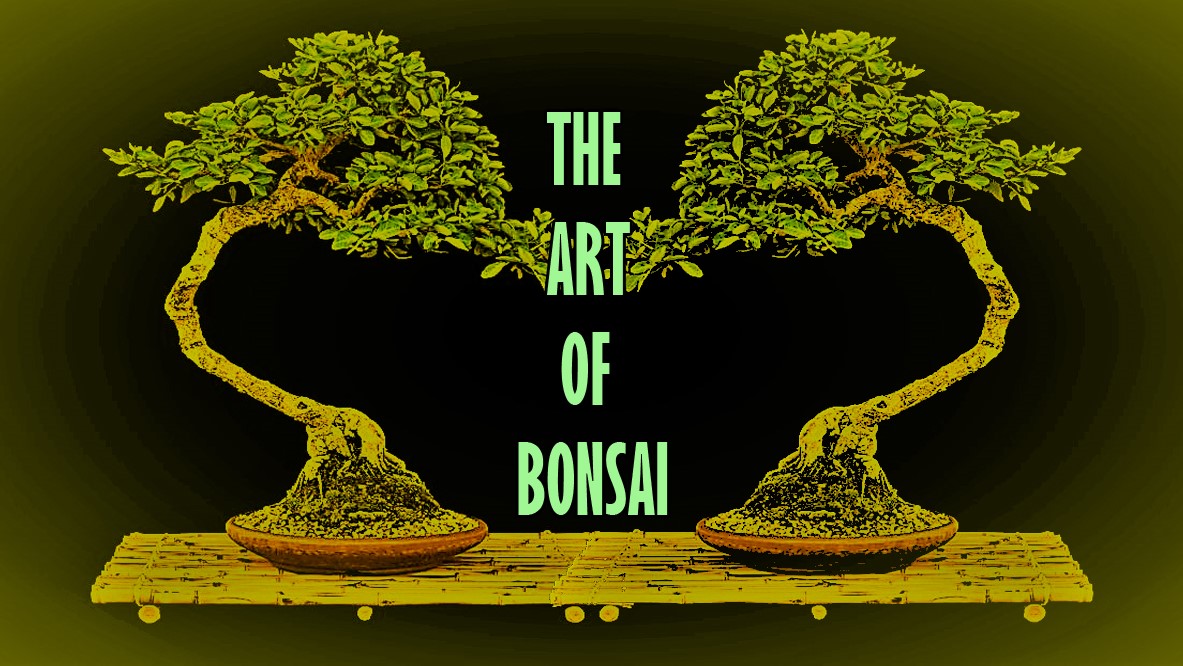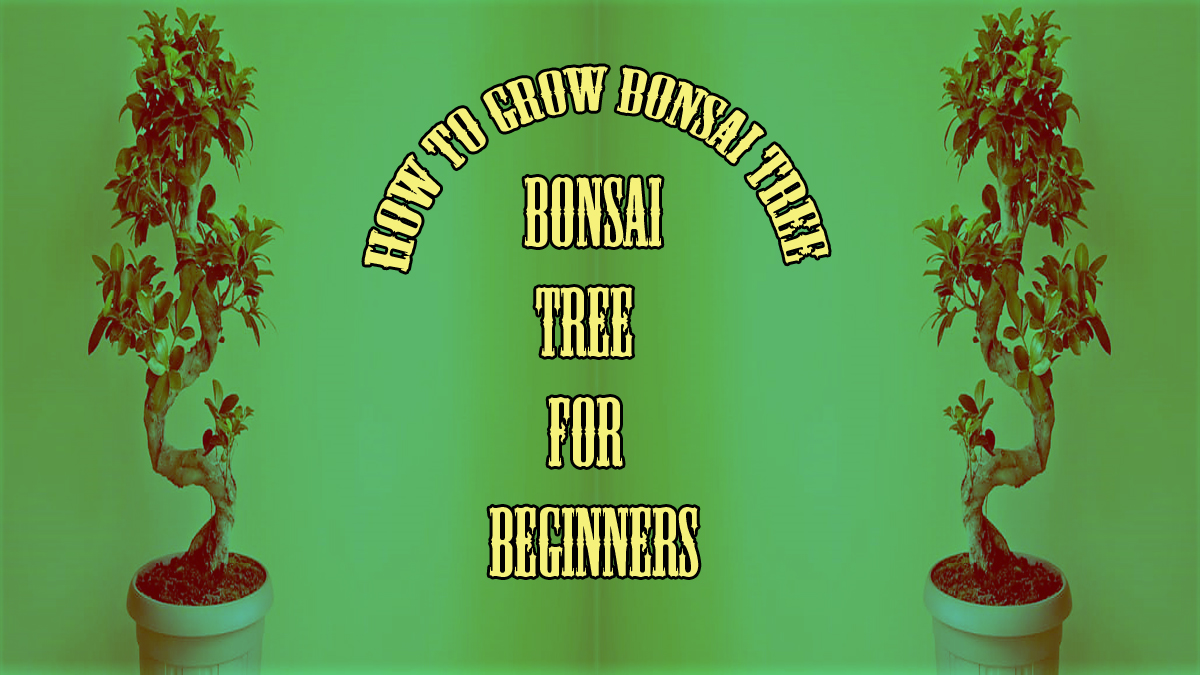Bonsai pruning techniques involve removing unwanted branches and leaves to maintain shape and health. Pruning encourages growth and enhances the tree’s aesthetic appeal.
Pruning is essential for maintaining bonsai trees. Regular trimming keeps the tree’s shape and encourages healthy growth. Start by removing dead or diseased branches. Trim back any overgrown areas to maintain the desired shape. Use clean, sharp tools to make precise cuts.
Always consider the natural growth pattern of the tree. Avoid cutting too much at once, which can stress the tree. Pruning should be done in the appropriate season for the species. This practice ensures your bonsai remains healthy and visually appealing. Consistent care and attention will result in a beautiful, well-maintained bonsai tree.
Related Article: Are Bonsai Trees Hard to Take Care of? Debunking Myths

Related Article: Bonsai Soil Mix: Essential Ingredients for Healthy Growth
Introduction To Bonsai Pruning
Bonsai pruning is an art form. It involves shaping miniature trees. This practice requires patience and skill. The goal is to create a beautiful, balanced tree. Let’s explore the history and importance of bonsai pruning.
History Of Bonsai
Bonsai originated in China over a thousand years ago. It then spread to Japan. The Japanese refined the techniques and styles. Bonsai means “planted in a container” in Japanese. Ancient monks practiced bonsai for meditation. Today, it is a popular hobby worldwide.
Importance Of Pruning
Pruning is essential for maintaining bonsai health. It controls the tree’s size and shape. Regular pruning promotes growth and strengthens the tree. There are two main types of pruning:
- Maintenance Pruning: Keeps the tree’s shape and removes dead branches.
- Structural Pruning: Shapes the tree during its early stages.
Tools needed for pruning include:
| Tool | Purpose |
|---|---|
| Pruning Shears | Trim small branches and leaves |
| Concave Cutters | Remove larger branches |
| Wire Cutters | Shape the tree with wire |
Pruning encourages healthy growth. It prevents diseases and pests. It also helps the tree develop a strong structure. Proper pruning ensures your bonsai remains a beautiful piece of living art.
Related Article: 14 Best Bonsai Tools To Make A Proper Bonsai

Credit: www.reddit.com
Related Article: Best Bonsai Pots: Elevate Your Miniature Trees with Style
Tools And Equipment
Proper pruning tools are vital for bonsai care. They ensure clean cuts and healthy growth. Using the right tools makes the task easier and more efficient.
Essential Pruning Tools
Having the right tools is essential for bonsai pruning. Below are the most important tools:
| Tool | Purpose |
|---|---|
| Pruning Shears | Used for cutting small branches and twigs. |
| Concave Cutters | Remove branches leaving a clean, hollow wound. |
| Wire Cutters | Used to cut bonsai training wire. |
| Root Rake | Helps in untangling roots during repotting. |
| Leaf Trimmer | Trims leaves and small shoots. |
Maintaining Your Tools
Tool maintenance is crucial for longevity and effectiveness. Follow these steps to keep your tools in top shape:
- Clean your tools after each use to remove sap and dirt.
- Sharpen blades regularly to ensure clean cuts.
- Oil moving parts to prevent rust and keep them smooth.
- Store tools in a dry place to avoid moisture damage.
- Inspect tools often for wear and damage.
Using well-maintained tools ensures the health of your bonsai. It also makes pruning tasks easier and more enjoyable.
Basic Pruning Techniques
Pruning is essential to keep your bonsai trees healthy and beautiful. It encourages new growth and maintains the desired shape. Below, we cover the most fundamental techniques for pruning your bonsai tree.
Pruning For Health
Healthy pruning keeps your bonsai tree strong and vibrant. It involves removing dead or diseased branches. This allows sunlight and air to reach the inner parts of the tree. Follow these steps for health pruning:
- Use sharp, sterilized tools to prevent infection.
- Cut branches at a 45-degree angle.
- Remove any branches crossing or rubbing against each other.
- Trim back long shoots to encourage bushier growth.
Shaping And Styling
Shaping and styling give your bonsai its unique look. This involves selectively pruning branches to guide the tree’s form. Here’s how to shape and style your bonsai:
- Identify the front of the tree.
- Remove branches that distract from the main design.
- Prune to maintain the desired size and shape.
- Use wire to guide branches into position.
Remember to prune regularly to keep your bonsai in shape. A well-pruned bonsai is a happy bonsai.
| Technique | Purpose | Tools Required |
|---|---|---|
| Health Pruning | Encourage growth and prevent disease | Sharp, sterilized shears |
| Shaping and Styling | Guide the tree’s form | Shears, wire |
Related Article: Bonsai Species: A Comprehensive Guide to Stunning Miniature Trees

Credit: www.ftd.com
Related Article: How to Repot a Bonsai for Beginners: A Comprehensive Guide
Advanced Pruning Methods
Advanced pruning methods take bonsai care to the next level. These techniques shape your bonsai into stunning, miniature trees. They enhance the tree’s natural beauty. Let’s explore two advanced methods: pinching and defoliation, and deadwood techniques.
Pinching And Defoliation
Pinching and defoliation help control your bonsai’s growth. Pinching involves removing the tree’s new growth. This keeps the bonsai small and encourages branching. Use your fingers or small scissors for pinching.
Defoliation means removing leaves from the bonsai. This technique improves light penetration and air circulation. It also promotes smaller leaves and finer branches. Defoliation is usually done in late spring or early summer.
- Pinching controls growth and size.
- Defoliation promotes smaller leaves and finer branches.
Both methods enhance the bonsai’s shape and health. Use them wisely for the best results.
Deadwood Techniques
Deadwood techniques add character to your bonsai. They mimic the natural aging process of trees. Jin and shari are popular deadwood techniques.
Jin involves stripping bark from a branch. This creates a weathered, ancient look. Use pliers and a sharp knife for this technique. Seal the exposed wood to protect it from rot.
Shari creates a similar effect on the trunk. Strip the bark in vertical lines. This simulates a tree struck by lightning or damaged by animals.
| Technique | Tools | Purpose |
|---|---|---|
| Jin | Pliers, Knife | Create weathered branches |
| Shari | Knife | Create weathered trunks |
Use deadwood techniques to add drama and age to your bonsai. These methods require skill and patience but offer stunning results.
Seasonal Pruning Guide
Pruning your bonsai tree is essential for its health and beauty. Each season requires specific pruning techniques to keep your bonsai thriving. This seasonal pruning guide will help you understand how to care for your bonsai throughout the year.
Spring And Summer
Spring and summer are the growing seasons for most bonsai trees. During this time, your bonsai will produce new growth rapidly. It’s crucial to manage this growth through timely pruning.
- Pinching: Remove the tips of new shoots to maintain shape.
- Thinning: Cut back excess branches to allow light and air.
- Defoliation: Remove leaves to reduce size and encourage new growth.
A helpful tip is to use sharp, clean scissors to avoid infections. Always check for pests and diseases as you prune.
Fall And Winter
Fall and winter are the dormancy periods for most bonsai trees. Pruning during this time focuses on structural maintenance and preparation for the next growing season.
- Structural Pruning: Remove dead, diseased, or crossing branches.
- Root Pruning: Trim the roots to fit the pot and encourage new root growth.
- Wire Removal: Check and remove any wires that may be cutting into the branches.
Ensure your bonsai is protected from extreme cold. Keep it in a sheltered location if necessary.
| Season | Pruning Technique |
|---|---|
| Spring | Pinching, Thinning |
| Summer | Defoliation |
| Fall | Structural Pruning |
| Winter | Root Pruning, Wire Removal |
Following these seasonal pruning techniques will ensure your bonsai stays healthy and beautiful year-round.
Related Article: Bonsai Styles: Master the Art of Miniature Tree Design

Credit: www.bonsaidirect.co.uk
Related Article: Bonsai For Beginners: How To Grow Bonsai Tree
Conclusion
Mastering bonsai pruning techniques can transform your miniature trees. Regular practice ensures healthier growth and stunning shapes. Remember, patience and precision are key. With these tips, your bonsai will thrive and impress. Keep nurturing your bonsai, and enjoy the rewarding journey of bonsai cultivation.
Happy pruning!
Related Article: The Art of Bonsai: Making of Stunning Miniature Trees




Pingback: Bonsai Species: A Comprehensive Guide to Stunning Miniature Trees - Dwell Gardens
Pingback: Bonsai Styles: Master the Art of Miniature Tree Design - Dwell Gardens
Pingback: Bonsai Soil Mix: Essential Ingredients for Healthy Growth - Dwell Gardens
Pingback: The Art of Bonsai: Making of Stunning Miniature Trees - Dwell Gardens
Pingback: Best Bonsai Pruning Shears: Top Picks for Precision Gardening - Dwell Gardens